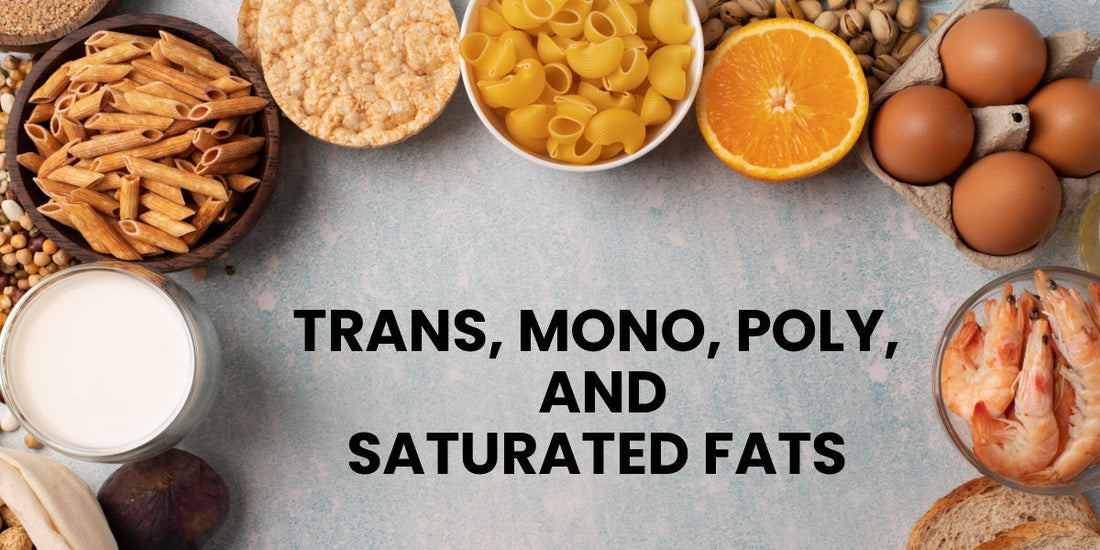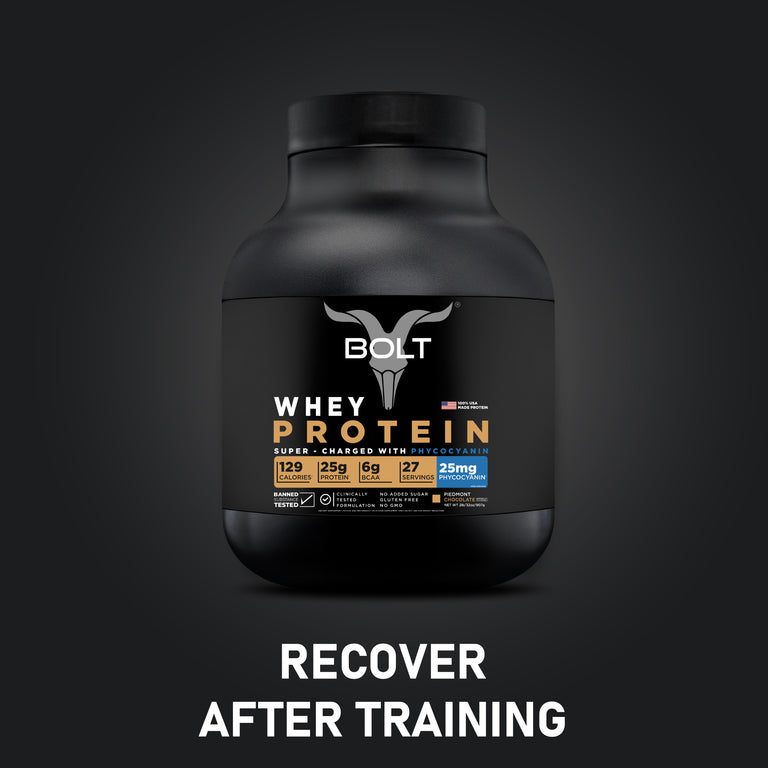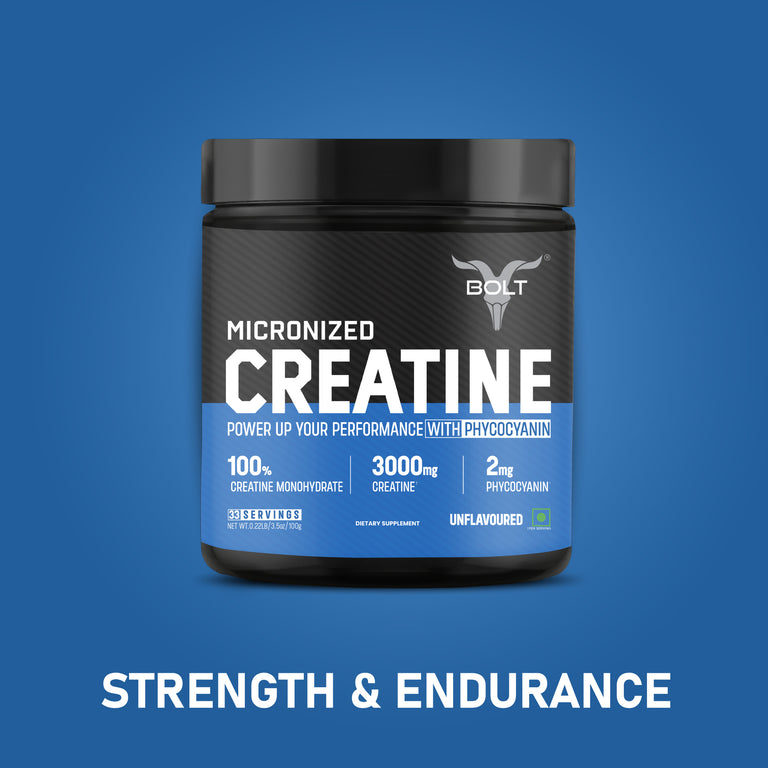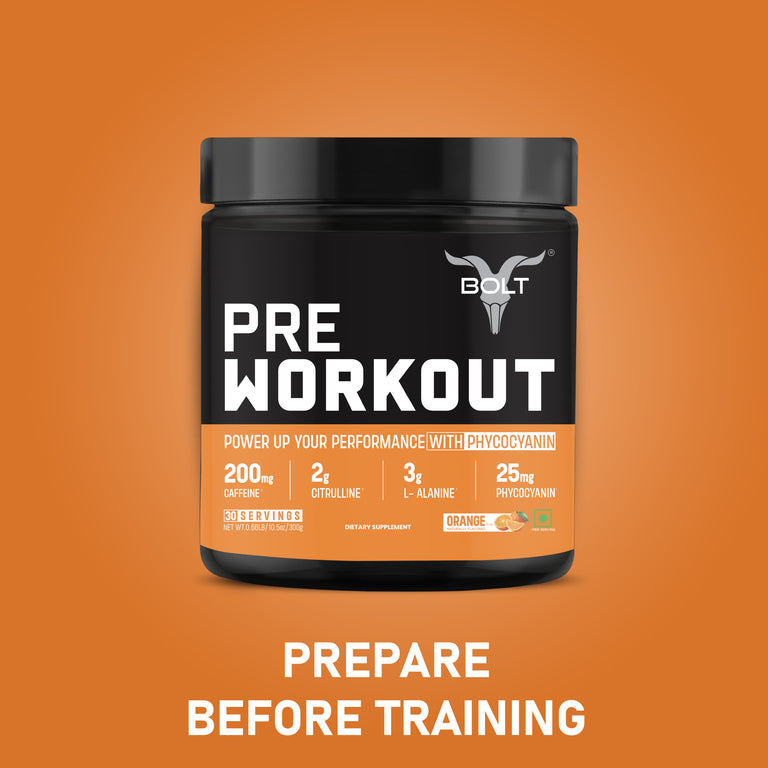
WHAT ARE THE VARIOUS TYPES OF FAT
byHere’s An Analysis of Trans, Mono, Poly, and Saturated Fats.
Here’s An Analysis of Trans, Mono, Poly, and Saturated Fats.
It is so complicated to find the right food, is it not? We’ve got proteins, carbohydrates, as well as fat content. What do you perceive from these words? Fat, basically, has been misused over the past few decades such that anytime you hear of it, you might shudder. Thus, it’s probably weird to know that fat is indeed good for your body. Moreover, not only is it beneficial for your body, your body really needs it. Let’s dig deep to know why this is.
Fat is essential, but…
For your body to function rightly, fat is needed to retain certain vitamins and minerals, and it is a major source of energy as well. Did you know that the outer lining of the cells in your body (called the membrane) is made up of fat, and so are the sheaths that surround the nerves. Fat is necessary for blood clotting, muscle movement, and inflammation (the right kind). Then, why did fat become such a bad term for the cult? Well, mostly because people began to choose the wrong kinds of fats. That’s true, some fats are good, whereas, others are really bad for you. The key is to know which ones to eat and which to avoid.
Trans fats
Trans fats are simply the terrible. They are formed as a by-product of hydrogenation which is used to convert healthy oils into solids and to prevent them from getting rancid. Trans fats are of no known health benefits which implies that it has no safe levels of consumption.
Saturated fats
Now there are saturated fats that are good for you, however, it is pretty controversial at this moment. Popular sources of saturated fat are red meat, whole milk, and other whole-milk dairy products including cheese. Saturated fat can also be found in coconut oil, palm oils, fast foods, fried products, sugary baked goods, and processed meats. For a long while, experts have recommended limiting the proportion of saturated fats to not more than 10% of the total calories you consume each day. One of the primary reasons people recommend a restricted saturated fat consumption is the fact that saturated fat intake may increase your LDL which is bad cholesterol and in turn, may increase your odds of heart disease.
But, this common statement doesn’t stand true for all foods that comprise of saturated fats as they can actually add up to a healthy diet. Studies show that full-fat dairy consumption has a neutral to protective impact on heart disease risk. Whereas, coconut oil consumption has shown boosts in HDL (good) cholesterol which can benefit to weight loss. On the other hand, a saturated-fat-rich diet in terms of fast food and sugary baked goods can lead to obesity, heart diseases, and several other negative health scenarios. Thus, the takeaway in terms of saturated fats is to select whole, unprocessed types like coconut and full-fat dairy.
Monounsaturated and polyunsaturated fats
And here comes the good fat, monounsaturated and polyunsaturated fats. Sources of monounsaturated fats include nuts and seeds, fatty fish, avocados (and avocado oil), olives, and olive oil. Such fats are loaded with benefits for a healthy heart, which were found when scientists began to look into Mediterranean diets and noticed that despite the considerable intake of fat, people in the Mediterranean region had significantly low incidence of heart disease. Since that instance, experts have found that unsaturated fats basically improve blood cholesterol levels, lessen inflammation, stabilize heart rhythms, and several other great cardiac benefits.
Moreover, polyunsaturated fats are vital for nerve function, blood clotting, brain health, and muscle strength. Surprisingly enough, our body cannot make them, so it must get polyunsaturated fats from our diet. No wonder why they are considered an “necessary” nutrients.
There are many types of polyunsaturated fats. You have probably known of omega-3 and omega-6 fatty acids, however, there are other varieties too which include omega-9s and omega-12s. Amazing food sources of omega-3 fatty acids are salmon, tuna, algae, flaxseeds, chia seeds, and walnuts. Omega-6 fatty acids are only beneficial if they are balanced with the right amount of omega-3’s that enter your body.
Omega-6’s can be procured from plant oils. Just check your cabinet and look at anything around—you may find a plant oil of some kind, it may be safflower, soybean, cottonseed, sunflower, walnut, or corn oil. This infers that most of our diets are packed with omega-6’s and not much of omega-3’s. Excess omega-6 fat in your diet may arise your blood pressure, cause blood clots that may lead to heart attack and stroke, surge up inflammation, and cause your body to retain water. Scientists guess that we are consuming a ratio of about 16 omega-6’s to 1 omega-3’s, however, the ratio should be somewhere in the range of 4:1. Scientists also trust that a distorted ratio of polyunsaturated fatty acids can be one of the most damaging things in Western diet. The “fix” is the one we’ve heard many a times. Turn from the processed foods as much as possible. Additionally, use vegetable oils with lower amounts of omega-6 fatty acids like olive oil or avocado oil.
The bottom line
Thus, it concludes that the only fat that is truly an “enemy” is processed fat. This means that instead of focusing on cutting down on all fats from your diet, you should simply avoid the processed fats and turn to eating clean, whole versions of fat instead like fatty fish, olive oils, and avocados. The best part is, our tastes change really quickly, so replacing “bad” fats won’t lead to you missing some of your less-healthy choices for long; you can find yourself not craving for them at all.







